14 Best Sales Follow-Up Techniques in Cold Emailing
Are you struggling to get responses to your cold sales emails? No wonder 44% of sales reps give up on their efforts after just one follow-up call. The problem lies in the lack of adequate follow-up techniques, often leading to missed opportunities and lost revenue. But don’t fret! We have the perfect solution to achieve your sales success.
In this blog post, we’ll provide guidelines on the best practices of sales follow-up. With these carefully curated techniques, you’ll learn how to attract your prospects’ attention, lead nurturing, and close deals like never before.
Let’s begin!
Table of Contents
- What is a Follow-Up in Sales?
- What Are The Benefits Of Sales Follow-Up?
- How Often Should You Follow Up?
- Which Channel is Best for Following Up?
- Sales Follow-Up Techniques
- 1. Follow up across multiple channels
- 2. Space it out
- 3. Be genuine
- 4. Focus on the prospect’s needs
- 5. Provide value with each follow-up email
- 6. Always mention the next steps
- 7. Use relevant subject lines
- 8. Keep it short
- 9. Personalize your email
- 10. Avoid using phrases “touch base” and “checking in”
- 11. Know when to stop
- 12. Create a Complete Follow-Up Schedule
- 13. Automate your sales follow-up
- 14. Measure, evaluate, and analyze
What is a Follow-Up in Sales?
Sales follow-up refers to staying in touch with potential customers after the initial contact. It is an essential part of the sales process because it helps to build relationships with prospects, address their concerns, and close more deals with them.
After an introductory conversation with the customer via meeting, phone call, or email exchange, you, as a sales professional, can use emails to follow up with them. It increases engagement with the leads and keeps the discussion moving forward.
Further, follow-ups allow you to address inquiries, provide extra information, and present personalized solutions. Follow-ups also remind the prospect about the value and benefits of the offered product or service. By staying in touch, you can prove your commitment and dedication, which helps build trust and credibility.
What Are The Benefits Of Sales Follow-Up?
Implementing sales follow-up techniques is essential for a successful sales process.
Here are some key benefits of sales follow-up:
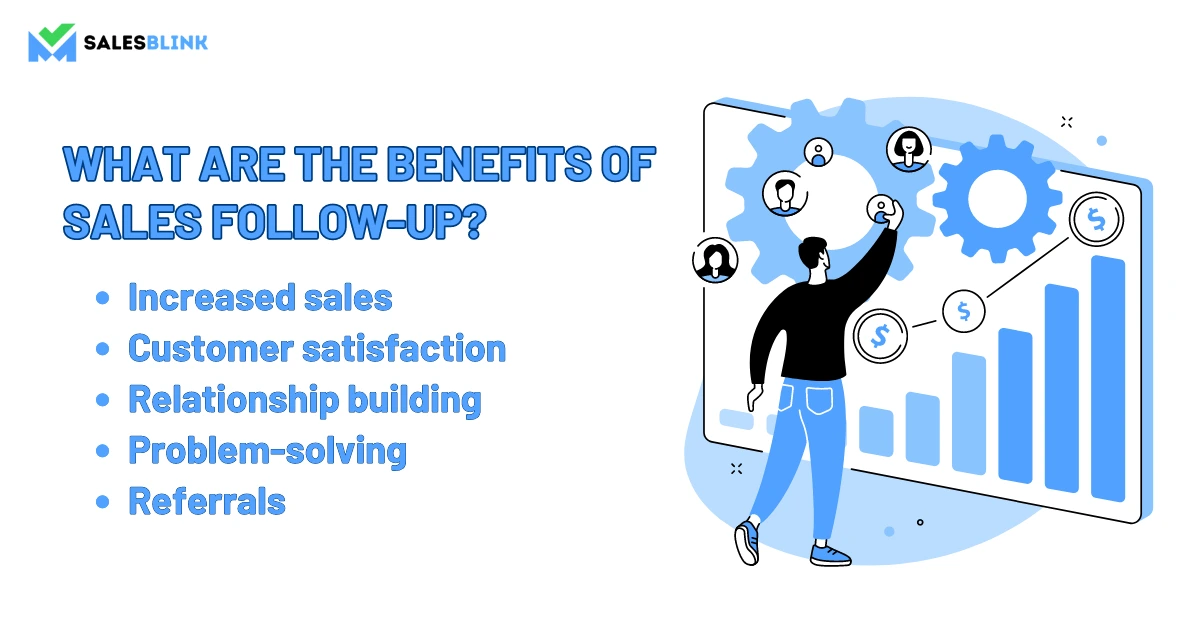
1. Increased sales
Regular follow-up keeps your product or service in customers’ minds. This helps improve the chances of closing a sale and boosting your company’s revenue.
2. Customer satisfaction
By reaching out to customers, you prove that you value their needs and concerns. This leads to higher satisfaction levels and customer loyalty.
3. Relationship building
Consistent follow-up helps in building strong connections with your customers. It cultivates trust and loyalty, making them more likely to choose your business over competitors.
4. Problem-solving
Following up allows you to address any concerns or issues of your customers. This demonstrates your dedication to excellent customer service and resolving problems efficiently.
5. Referrals
Happy customers serve as valuable advocates for your business. They help contribute to the growth of your customer base through positive referrals and word-of-mouth marketing.
How Often Should You Follow Up?
When it comes to sales follow-up techniques, finding the right balance is vital. While you want to stay on top of your sales leads, you want to avoid being pushy or annoying. So, how often should you follow up?
It’s essential to consider the context and the individual prospect. A good rule of thumb after your initial sales pitch is to follow up within a week. If you don’t receive a response, a gentle reminder can be appropriate after another week or two. However, be mindful of sending your prospects too many follow-ups in a short period.
Spacing them out and personalizing your messages will show that you value their time. It will prove that you are interested in helping them with their concerns. Ultimately, the frequency of follow-ups should be determined by the prospect’s responsiveness and your relationship-building goals.
Which Channel is Best for Following Up?
The best channel for following up on the leads depends on various factors. Factors may include the nature of the sales interaction, the preferences of the prospect, and the available communication options.
Here are a few common channels that are often used for follow-ups in sales:
- Email: Email is a popular and widely used channel for following up on sales. It allows for clear communication and provides a written conversation record. Further, it gives time to the prospect to consider the information before responding.
- Phone: Phone calls can be effective for follow-ups, especially when a more personal touch is required. A phone conversation allows for real-time interaction, immediate clarification of concerns, and the opportunity to build trust.
- Social Media: Sales reps can control social media platforms like LinkedIn, Twitter, or Facebook to follow up the prospects efficiently. It entitles a more informal and casual approach to catching up with leads. Further, it can help engage with active prospects on these platforms.
- In-person: In certain situations, especially for high-value deals, following up in person can be the best option. Face-to-face meetings provide a personalized experience to potential customers. Moreover, it allows for non-verbal communication and a deeper connection with the prospect.
Sales Follow-Up Techniques
Sales follow-up techniques are the building blocks to developing customer relationships. Employing these effective sales follow-up strategies can help in boosting your sales funnel.
Let’s look at the sales follow-up best practices:
1. Follow up across multiple channels
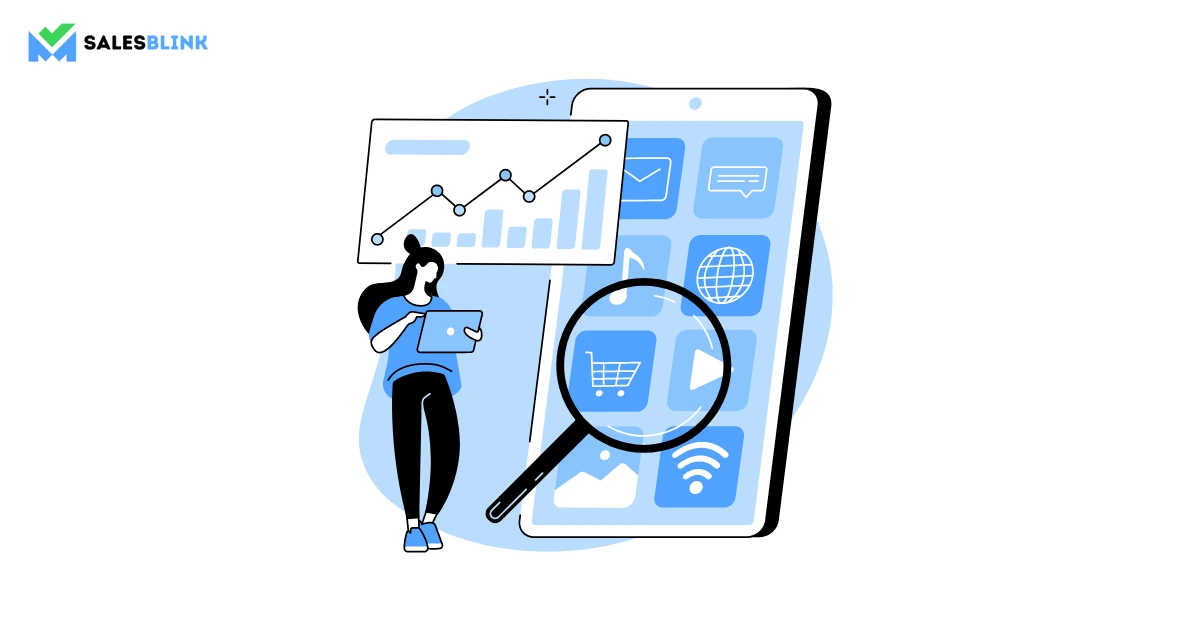
Following up across multiple channels is the best technique for reaching prospects. It increases the chances of your customer engagement and helps get a response from them.
By diversifying the channels of follow-ups, you can meet the prospect’s demands and increase the visibility of your messages.
This technique combines email, phone calls, social media, and in-person interactions depending upon the different factors. It allows for a strategic and integrated approach, providing the follow-up message is not overlooked or lost in the noise.
Therefore, by using multiple channels, sales reps can enhance their chances of connecting with prospects, reinforcing their message, and ultimately progressing toward a successful sales outcome.
2. Space it out
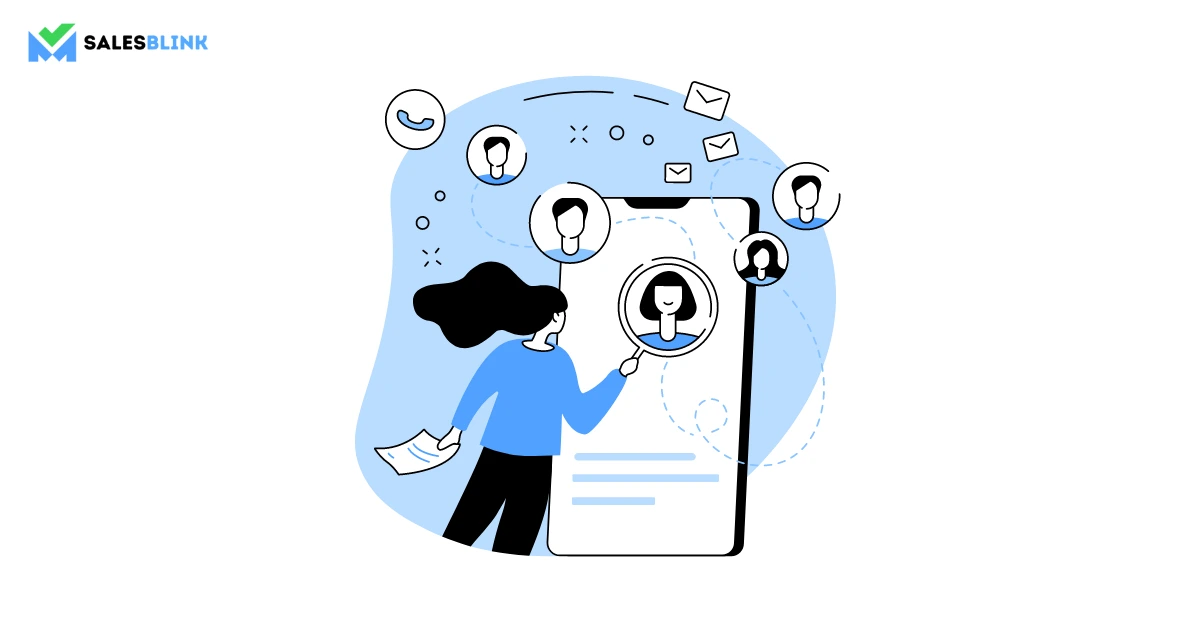
One effective sales follow-up technique is to space out your communication if you are performing email follow-up. Do not send emails constantly to the prospect after the initial contact. It would help if you gave enough time for the prospect to process the information.
Spacing out your follow-ups allows the prospect to consider their options about their concerns. Further, it will enable them to gather extra information and make decisions at their own pace. Doing this will show that you respect their time and are not pushy or desperate.
By strategically spacing out your sales cadence, you maintain a consistent presence. This will help in building a healthier sales relationship with your customers.
3. Be genuine
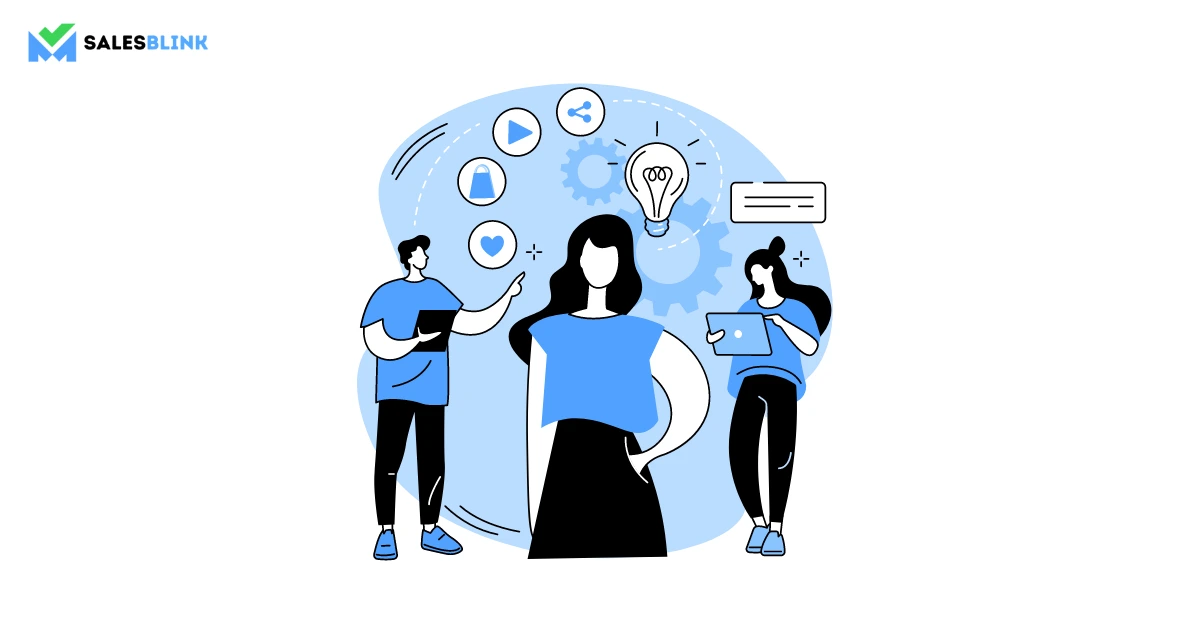
When it comes to sales prospecting with potential customers, one of the most important techniques is to be genuine. Being genuine means being sincere, authentic, and honest in your interactions. It’s about making real connections with your prospects and showing that you genuinely care about their needs and goals.
Instead of sending generic or automated messages when reaching out to a prospect, take the time to personalize your follow-up. This means taking into account their specific situation and previous conversations. By listening to their challenges and concerns, you can suggest tailored solutions that address their unique needs. This will help you convert prospects into leads.
4. Focus on the prospect’s needs
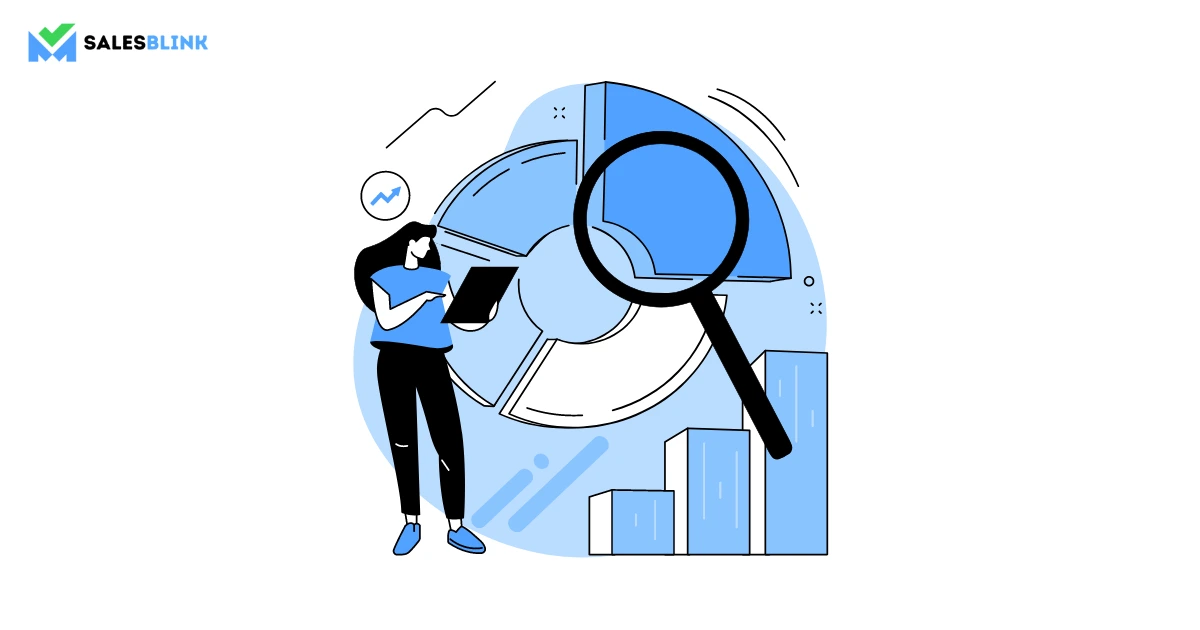
When following up on a sales email, it is essential to focus on the prospect’s needs and how your product or service can help them.
Instead of discussing your product or service in general terms, try to personalize your message by addressing the specific challenges or pain points the prospect has mentioned. This will show that you are genuinely interested in helping them and have taken the time to understand their situation.
By centering the conversation around their needs, you build trust and show that you really care about their success. This approach increases the chances of getting a positive response and a successful sale.
5. Provide value with each follow-up email
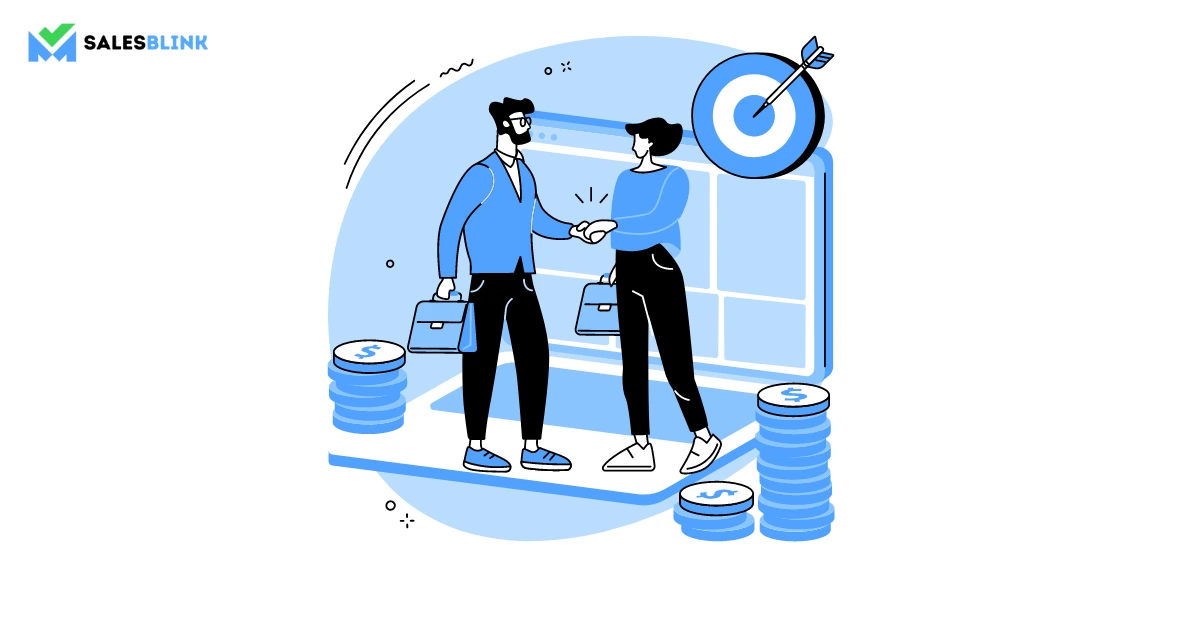
Sales follow-up emails are an essential tool for building relationships and closing deals. To provide value in each follow-up email, keep these tips in mind:
1. Personalization: Address the recipient by name and reference previous conversations or interactions to show that you remember them.
2. Relevant information: Share helpful resources, articles, or industry insights that align with their interests or challenges. This positions you as a trusted advisor.
3. Problem-solving: Offer solutions or suggestions that address their pain points. Show how your product or service can provide the solution they need.
4. Timely updates: Inform them about product updates, discounts, or promotions that may benefit them. Create a sense of urgency to encourage action.
5. Call to action: Clearly state the next steps or desired outcome, such as scheduling a call or meeting. Make it easy for them to respond and continue the conversation.
6. Always mention the next steps
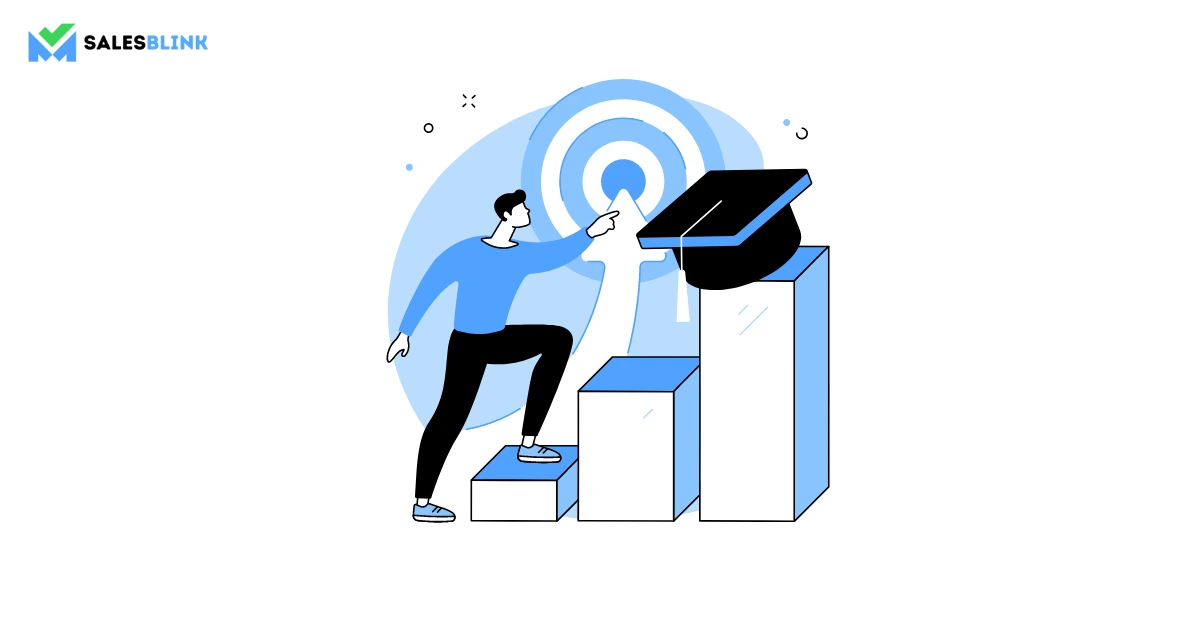
Regarding sales follow-ups, it’s essential to always mention the next steps. This keeps the momentum going and ensures clear communication with your potential customer.
To do this effectively, follow a simple sales follow-up process. Start by sending a sales follow-up email after your initial conversation or meeting. In the email, express gratitude for their time and mention the key points discussed. Then, clearly outline your next steps, such as scheduling a follow-up call, providing additional information, or arranging a product demonstration.
By mentioning the following steps, you demonstrate your commitment and professionalism while also giving the customer a clear roadmap of what to expect.
7. Use relevant subject lines
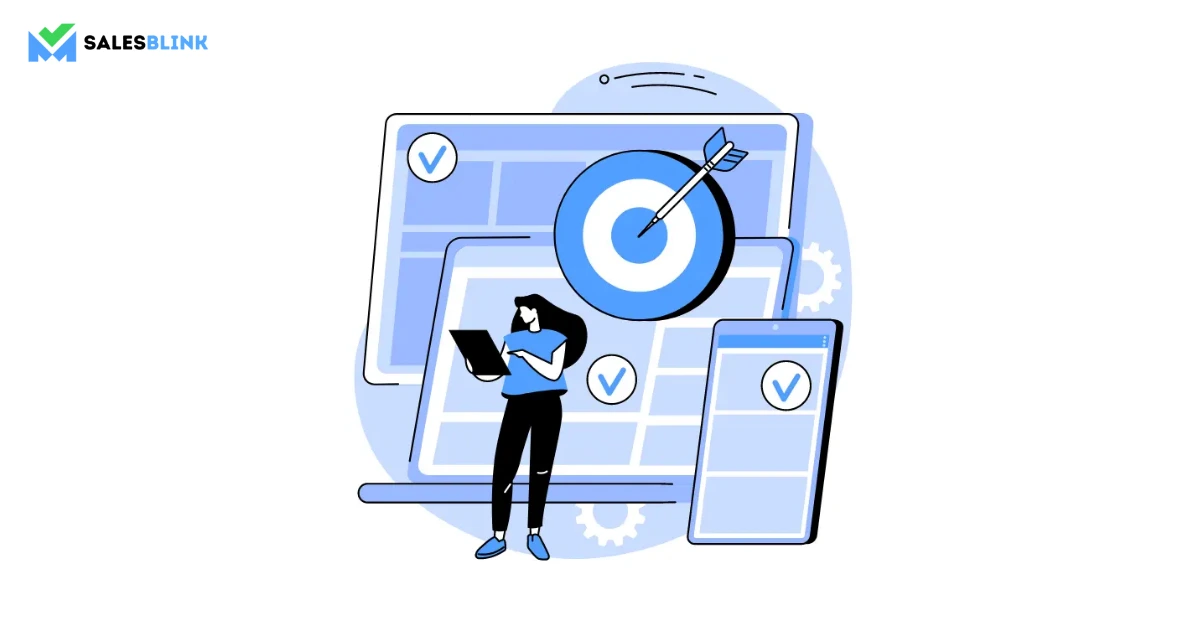
Subject lines are important in sales follow-up emails because they determine whether the email gets opened or ignored. A well-written subject line can grab the recipient’s attention and increase the chances of engagement.
When writing a subject line for a sales follow-up email, it is essential to be clear, concise, and relevant. Here are a few examples:
1. Remind the recipient of your previous interaction. If you met the recipient at an event, you could use the subject line “Great meeting you at [Event Name].” This will help them remember who you are and why they should be interested in your email.
2. Highlight a specific benefit or solution. If you know the recipient’s pain points, you could use the subject line “Boost your sales with our innovative software.” This will show them how your product or service can help them solve their problems.
3. Use urgency. If you have a limited-time offer or a special discount, you could use the subject line “Act now! Save 50% on our software.” This will encourage the recipient to act immediately.
8. Keep it short
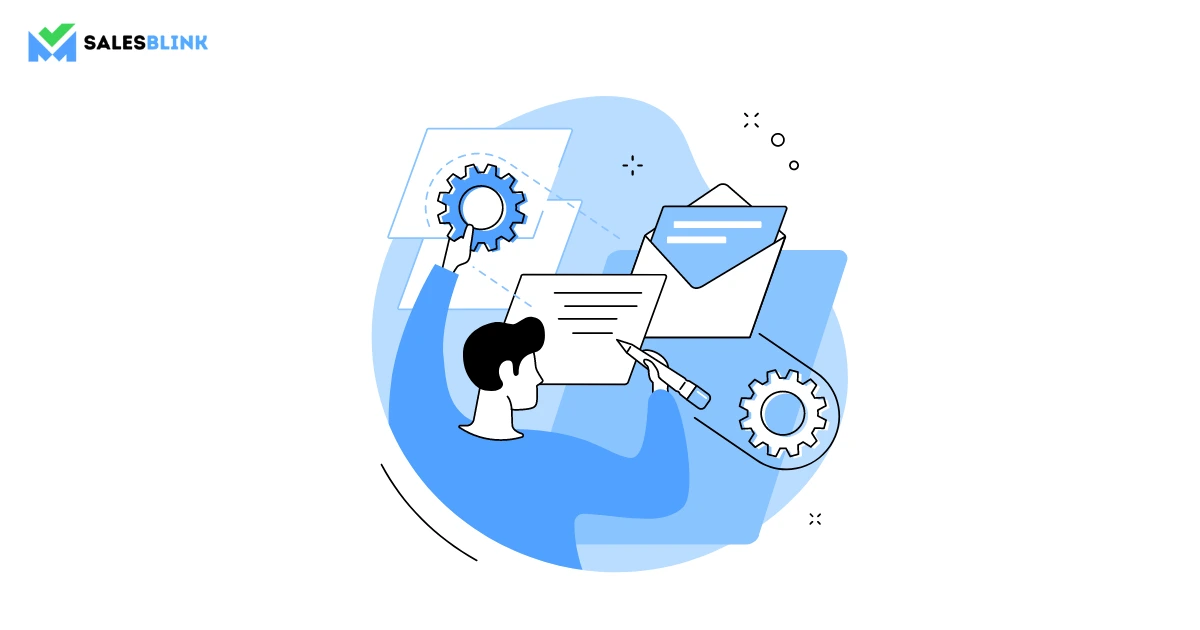
Sales follow-up techniques are essential for closing deals successfully. One crucial rule is to keep it short. Short and focused messages increase the chances of getting busy prospects’ responses. Craft a brief email or phone call that highlights the value of your offer and addresses their needs.
Avoid rambling or overwhelming them with too much information. Keep your communication concise, clear, and personalized. By respecting their time and delivering a clear message, you improve your chances of engaging potential customers and bringing them closer to a successful sale. Remember, being brief is the key to effective sales follow-up strategies.
9. Personalize your email

Personalizing your email as a sales follow-up technique means tailoring your message to make it more relevant and engaging for the recipient. It involves going beyond a generic sales follow-up email template and addressing the individual’s needs or interests. You can use their name, refer to previous conversations, or mention specific things showing that you care about them.
By doing this, you show that you value them and their business. You can also provide them with customized solutions based on their unique situation. Adding this personal touch helps build trust and improve your relationship with them. It also increases the possibility that they will respond positively to your email. Therefore, taking the time to personalize your emails expresses that you genuinely care about fulfilling their needs.
10. Avoid using phrases “touch base” and “checking in”
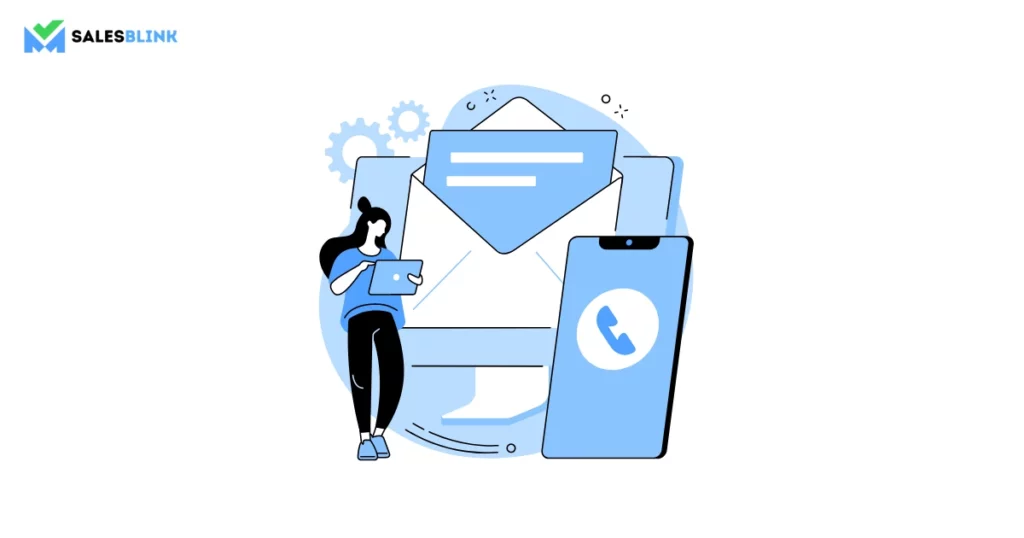
Avoiding generic phrases such as “touch base” and “checking in” is essential for writing effective sales follow-up emails. These terms have become cliche and overused. Using these terms may not convey value to your potential clients.
Instead of using these phrases, be more specific in your follow-up emails. Tell the recipient what you want to talk about or what you need from them. For example, instead of saying, “I’d like to touch base,” you could say, “I’d like to schedule a call to discuss your recent request.”
Being more specific and direct will make you more professional and interested in helping the prospect. This will increase the prospect’s chances of responding to your email and taking the next step in the sales process.
11. Know when to stop
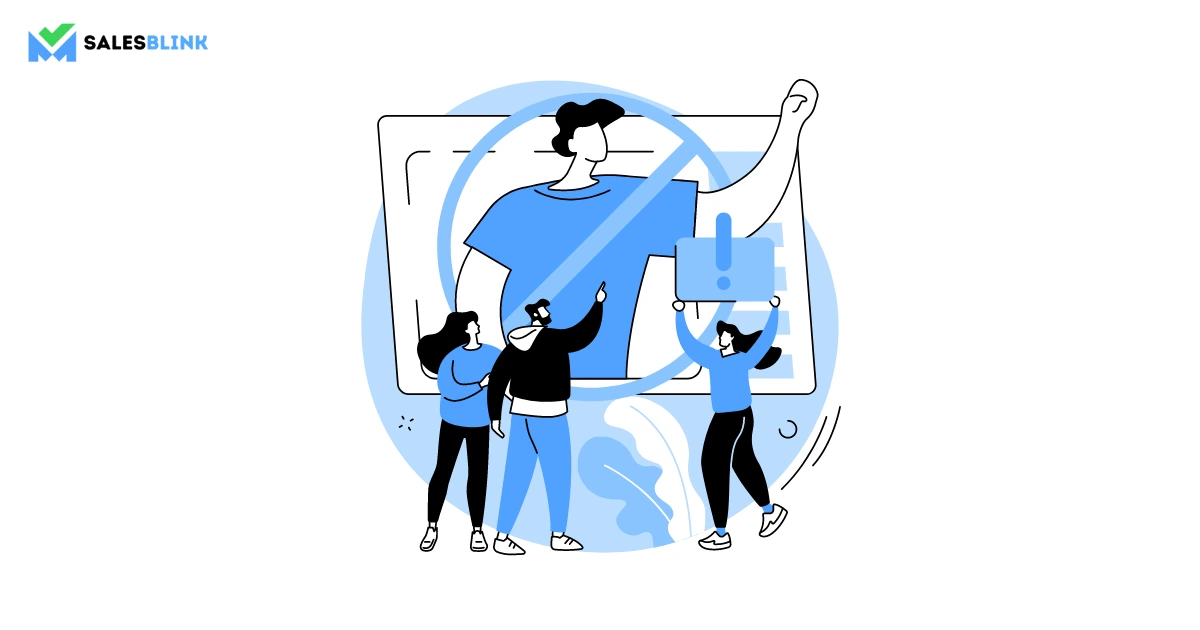
Knowing when to stop is a key aspect of sales follow-up techniques. While the best sales follow-up email can be effective, it’s important to recognize when to halt. You should not send sales follow-ups continuously, as this will get the prospect disinterested. Thus, it is essential to balance persistence and respect for their boundaries.
Since 80% of successful sales require only five follow-ups on average, consider it the baseline. Don’t be pushy or annoying by sending forceful emails to purchase your product or service. If a prospect doesn’t respond after a reasonable period, it may be wise to move on and prioritize other prospects.
12. Create a Complete Follow-Up Schedule
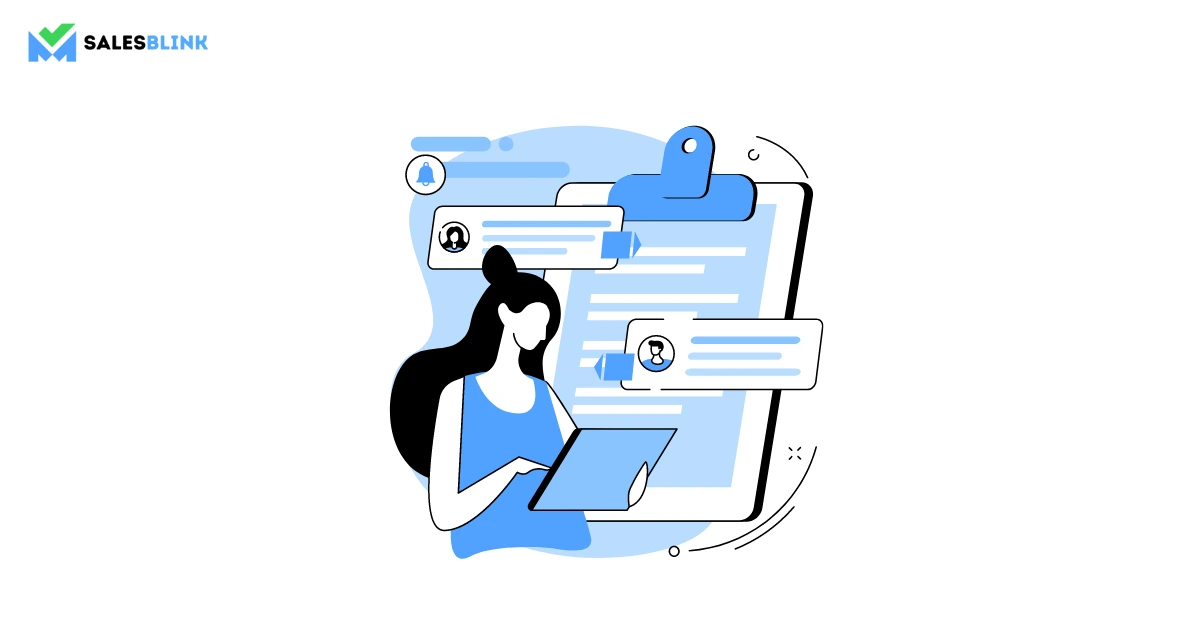
Creating a complete follow-up schedule is vital for successful sales follow-up techniques. Here’s a simple way to create a sales follow up process:
- Define your follow-up goals: Identify your plans to achieve through your follow-ups. They can be closing a sale, addressing customer concerns, or nurturing the leads.
- Fix time intervals: Determine how to follow up with a prospect based on customer preferences. Consider factors like urgency and relationship stage.
- Choose communication channels: Select the most effective channels to reach your prospects, such as phone calls, emails, or social media messages. Personalize your approach to each individual.
- Plan your content: Prepare relevant and valuable content for each follow-up. It can be product information, case studies, or special offers. Then prepare your responses to address customer needs.
- Track and analyze results: Monitor the outcomes of your follow-ups to identify what works best. Adjust your schedule and techniques to optimize your sales process.
13. Automate your sales follow-up

Sales automation refers to using technology to streamline and automate various tasks involved in the sales process. This means using software or tools to automatically send potential customers follow-up emails, reminders, or notifications.
With sales automation, you can set up pre-defined templates and schedules to send your follow-up messages consistently and on time. This saves you time and effort while ensuring no potential leads slip through the cracks.
By automating your sales follow-up process, you can maintain regular contact with prospects, nurture relationships, and increase your chances of closing deals.
SalesBlink is the perfect sales automation tool that will help you send follow-ups on auto-pilot.
14. Measure, evaluate, and analyze
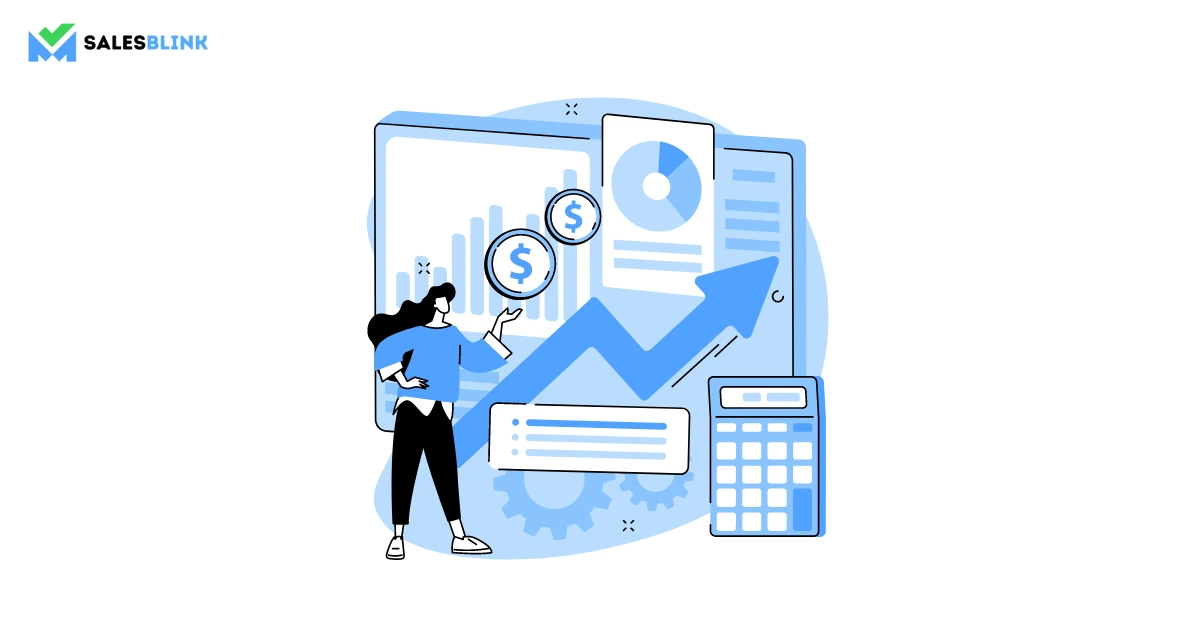
After sending a sales cold email and follow-up emails, measuring, evaluating, and analyzing its effectiveness is crucial. Measuring involves tracking how many recipients opened the email, clicked on any links, and converted into customers.
Evaluating means assessing the overall effectiveness of the email by comparing the results against your goals. Analyzing involves diving deeper into the data to understand what worked and what didn’t. This analysis helps refine your follow-up techniques, optimize your approach to individual customers, and ultimately increase your sales success.
Get Ready To Boost Your Sales With Our Ultimate Follow-Up Techniques
To wrap up, implementing effective sales follow-up strategies in cold emailing can significantly improve your chances of success.
The sales email follow-up should be personalized, concise, and focused on the advantages of using your product or service. Use various channels like phone calls and social media to connect with prospects. Timing is important, so create a well-structured follow-up schedule. Provide valuable content that showcases your knowledge and builds trust.
By implementing these sales follow-up email techniques, you can maximize your opportunities and achieve better results in your cold emailing efforts.
FAQs
A follow-up strategy is a planned approach to engage with prospects or clients post-initial contact, ensuring consistent communication, building relationships, and driving desired actions.
The best way is to personalize communication, understand the prospect’s needs, offer value, use a mix of channels (calls, emails), and maintain a balance between persistence and respect.
For a sales email follow-up, start with a compelling subject, reference the initial email, provide additional value or insights, and have a clear call-to-action, ensuring timely and relevant engagement.







